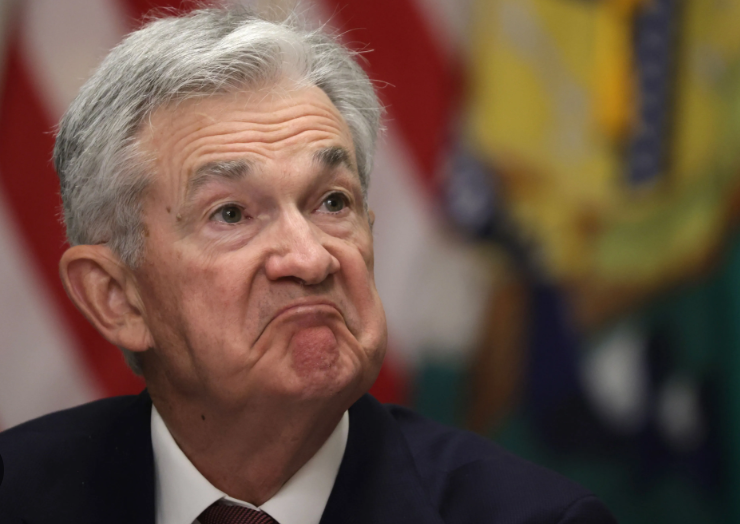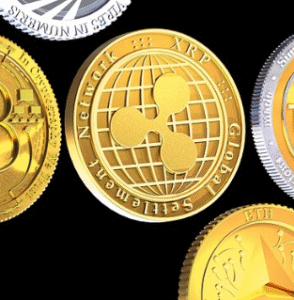#IndianRupee #FederalReserve #RateProjections #AsianPeers #InvestorBets #RateCut #CurrencyMarkets #EconomicForecast
The Indian rupee experienced a noteworthy rise on Thursday, an occurrence closely aligned with the upward movement of its Asian counterparts. This notable shift in the currency market came in the wake of the U.S. Federal Reserve’s latest policy announcement, where it maintained its rate projections for 2024 without any adjustments. The decision by the Federal Reserve, a central banking system that often sets the tempo for monetary policy and economic expectations globally, came as a bit of a surprise to investors and market analysts. This move by the Federal Reserve has been interpreted as a sign of potential easing in the aggressive rate hike stance it has held over recent periods, aimed at combating inflation. As a result, the unaltered stance on the 2024 rate projections has infused the market with a renewed sense of optimism, leading investors to recalibrate their expectations and place heightened bets on the possibility of an upcoming rate cut as soon as June.
The ripple effect of the Federal Reserve’s decision was felt across the Asian currency markets, with the Indian rupee emerging as one of the beneficiaries of this shift in investor sentiment. The anticipation of a rate cut, which often tends to make currencies in high-interest rate environments more attractive to investors seeking yield, has contributed to the strengthening of the rupee against the dollar. Investors, in reassessing their positions, seem to be moving towards currencies like the Indian rupee, which might offer more lucrative returns in a landscape where the U.S. interest rates are expected to either stabilize or decrease. This dynamic underscores a broader trend in the currency markets, where expectations regarding monetary policy adjustments in major economies can significantly influence currency valuations and investor strategies.
The broader implications of the Federal Reserve’s decision for emerging market economies like India are profound. A potential rate cut in the U.S. could lead to a more favorable global liquidity environment, encouraging foreign investments in emerging markets. For India, this could mean not just a stronger rupee but also a more buoyant stock market and enhanced capital inflows, which are crucial for funding its current account deficit and fueling economic growth. However, it is important for investors and policymakers to remain cautiously optimistic. The international financial landscape is incredibly volatile, with various factors including geopolitical tensions, pandemic recovery rates, and other central banks’ policies playing significant roles in shaping outcomes. While the immediate response has favored markets like India’s, the long-term effects will depend on a myriad of factors, including the Federal Reserve’s future decisions, economic recovery trajectories, and global investment flows.






Comments are closed.